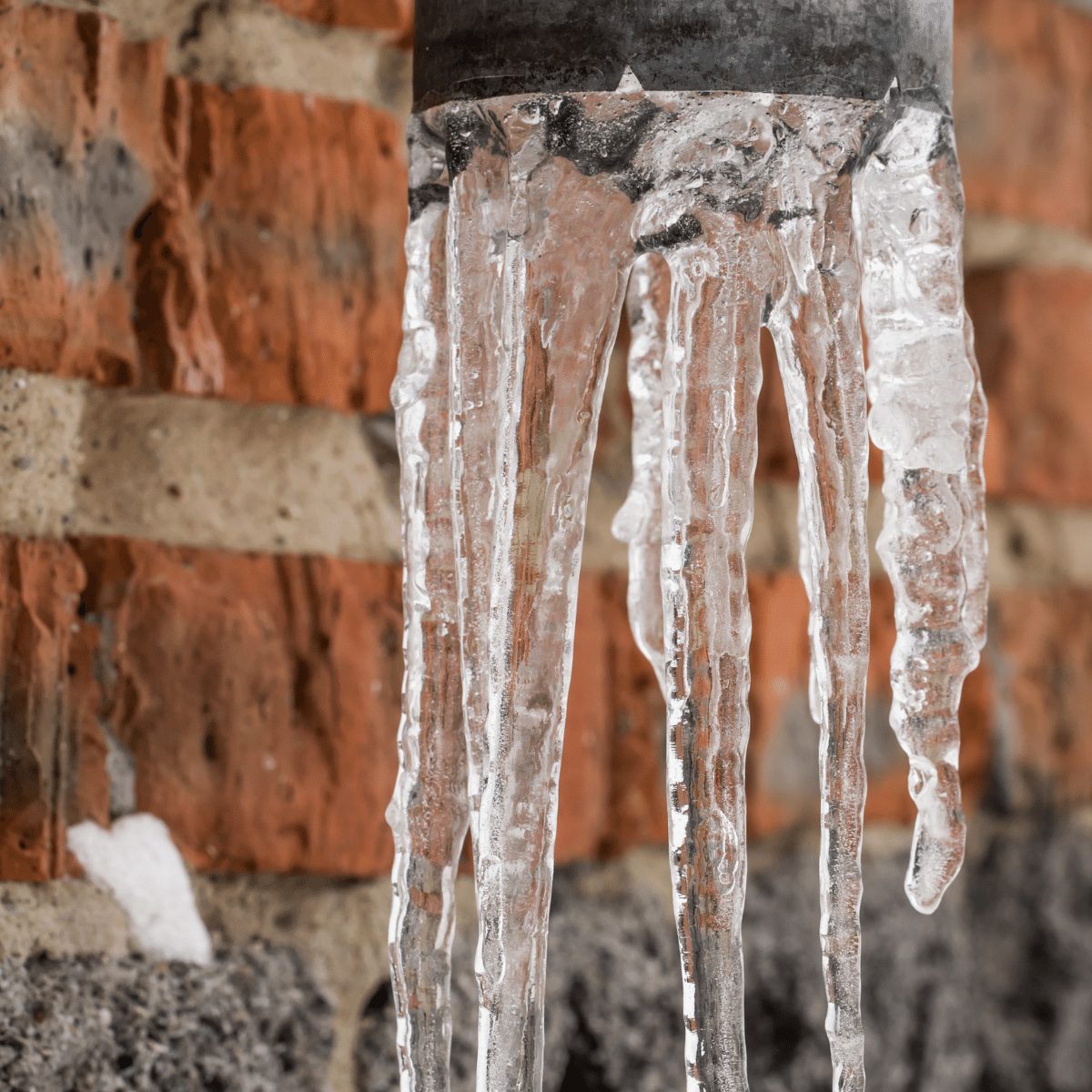Shielding Your Pipes from Cold Weather Damage: Critical Strategies
Shielding Your Pipes from Cold Weather Damage: Critical Strategies
Blog Article
The article author is making a number of great points regarding How To Avoid Freezing Pipes in general in the article in the next paragraphs.

Winter can ruin your pipes, especially by freezing pipes. Here's how to avoid it from occurring and what to do if it does.
Introduction
As temperature levels decline, the danger of icy pipes increases, possibly causing expensive repairs and water damage. Recognizing exactly how to prevent icy pipes is crucial for property owners in cold environments.
Understanding Icy Pipes
What triggers pipelines to freeze?
Pipelines ice up when subjected to temperature levels listed below 32 ° F (0 ° C) for prolonged durations. As water inside the pipes freezes, it increases, putting pressure on the pipeline walls and possibly creating them to burst.
Risks and problems
Frozen pipes can bring about water supply interruptions, building damage, and pricey repairs. Burst pipes can flood homes and trigger considerable structural damage.
Signs of Frozen Pipeline
Determining frozen pipelines early can stop them from breaking.
Just how to recognize icy pipelines
Look for decreased water flow from taps, uncommon smells or noises from pipelines, and noticeable frost on revealed pipes.
Prevention Tips
Protecting susceptible pipelines
Cover pipes in insulation sleeves or make use of heat tape to secure them from freezing temperature levels. Concentrate on pipelines in unheated or outside locations of the home.
Home heating techniques
Maintain indoor areas appropriately warmed, particularly locations with plumbing. Open up cabinet doors to enable cozy air to circulate around pipes under sinks.
Shielding Outdoor Pipes
Yard hoses and outdoor faucets
Separate and drain pipes garden hose pipes prior to winter. Mount frost-proof spigots or cover exterior faucets with insulated caps.
What to Do If Your Pipelines Freeze
Immediate activities to take
If you suspect icy pipes, keep faucets available to ease stress as the ice thaws. Make use of a hairdryer or towels taken in hot water to thaw pipelines slowly.
Long-Term Solutions
Structural adjustments
Consider rerouting pipes away from outside wall surfaces or unheated areas. Include added insulation to attic rooms, basements, and crawl spaces.
Updating insulation
Purchase top notch insulation for pipes, attics, and wall surfaces. Proper insulation aids keep regular temperatures and minimizes the danger of frozen pipes.
Verdict
Preventing icy pipelines requires aggressive steps and fast responses. By recognizing the causes, indications, and safety nets, property owners can shield their plumbing throughout cold weather.
6 Proven Ways to Prevent Frozen Pipes and Protect Your Home
Disconnect and Drain Garden Hoses
Before winter arrives, start by disconnecting your garden hoses and draining any remaining water. Close the shut-off valves that supply outdoor hose bibs and leave the outdoor faucet open to allow any residual water to drain. For extra protection, consider using faucet covers throughout the colder months. It’s also important to drain water from any sprinkler supply lines following the manufacturer’s directions.
Insulate Exposed Pipes
Insulating your pipes is an effective way to prevent freezing. Pipe insulation is readily available at home improvement stores and is relatively inexpensive. Pay close attention to pipes in unheated areas such as the attic, basement, crawl spaces, or garage. Apply foam insulation generously to create a buffer against the cold. You can also wrap your pipes in heat tape or thermostat-controlled heat cables for added warmth.
Seal Air Leaks
Inspect your home for any cracks or openings that could let in cold air. Seal any holes around the piping in interior or exterior walls, as well as the sill plates where your home rests on its foundation. Additionally, make sure to keep your garage door closed unless you’re entering or exiting. Leaving it open creates a significant air leak that can lead to frozen pipes.
Allow Warm Air Circulation
During cold snaps, it’s essential to allow warm air to circulate evenly throughout your home. Leave interior doors ajar to promote better airflow. Open kitchen and bathroom cabinets to help distribute heat consistently around the rooms. If you have small children or pets, be sure to remove any household chemicals or potentially harmful cleaners from open cabinets for safety.
Let Faucets Drip
A small trickle of water can make a big difference in preventing ice formation inside your pipes. When temperatures drop significantly, start a drip of water from all faucets served by exposed pipes. This continuous flow helps prevent the water from freezing. Additionally, running a few faucets slightly can relieve pressure inside the pipes, reducing the chances of a rupture if the water inside does freeze.
https://choateshvac.com/6-proven-ways-to-prevent-frozen-pipes-and-protect-your-home/

Hopefully you enjoyed reading our post about Prevent Frozen Pipes . Thank you for finding the time to read our short article. Be sure to take a moment to share this page if you appreciated it. Kudos for being here. Please visit our blog back soon.
Automated Marketing Report this page